The above documents and artifacts are part of the collection of artifacts excavated at the Vuon Chuoi relic site, Hoai Duc commune, Hanoi city - a typical archaeological site of the Bronze Age in Hanoi and Northern Vietnam.
Discovered in 1969, up to now, at Vuon Chuoi relic site, there have been 11 excavations with a total area of 7,555m2 carried out by specialized agencies. In particular, the excavation of the western area from March 2024 to March 2025 was conducted by the Institute of Archaeology in coordination with the Hanoi Museum, the University of Social Sciences and Humanities - Vietnam National University, Hanoi and related agencies.
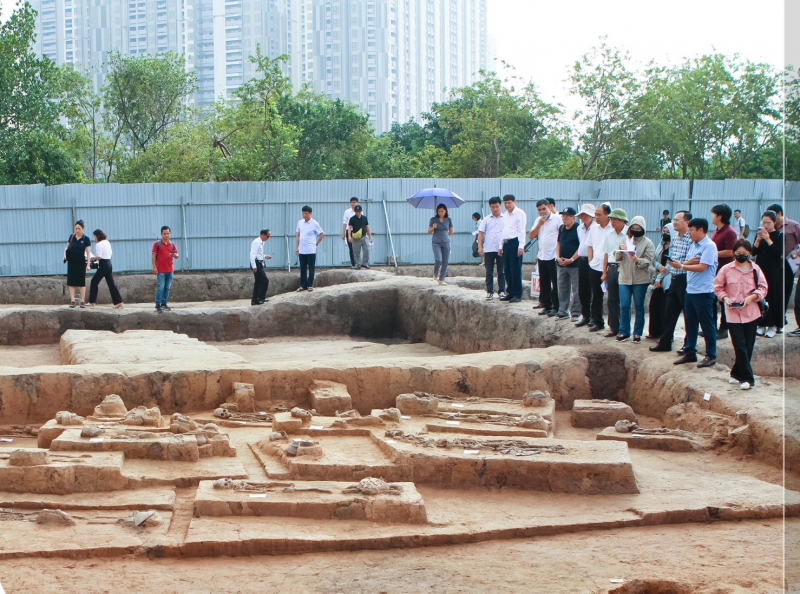
According to the Head of the excavation team - Dr. Nguyen Ngoc Quy, Institute of Archaeology, this is the largest-scale excavation, the purpose of which is to relocate 6,000m2 on the west side to serve the construction project of the Ring Road 3.5 of Hanoi City, and at the same time consolidate the documents to establish a dossier of the relic to serve the conservation of the eastern half of the relic. In addition to the relics related to the residence and burial of Vuon Chuoi residents discovered in previous excavations; this excavation discovered relics known for the first time when researching the Bronze Age in Northern Vietnam.
Specifically, the relic is located at the highest position of Vuon Chuoi mound, a basin-shaped structure with the outer edge about 0.5m higher than the inside. The size of the relic is about 90m long from north to south, 35m wide from east to west and continues to expand to the east of the mound. From here, it can be concluded that the ancients took advantage of the positive terrain, which are natural mounds as well as the negative terrain at the foot of the mound and between the mounds, and at the same time, they broke through the surrounding area to create a residential area inside and a protective moat about 10m wide, about 2.5 - 3m deep surrounding the outside. It is possible that the relic was formed in the late Phung Nguyen - early Dong Dau period, the first generation of residents to live in this area.
In the Phung Nguyen cultural distribution area, there is a possibility that there was a jade stone crafting area, along with a ritual practice area located next to each other. In this area, a layer of earth was found to create a production surface, a moat used for jade crafting, many pieces of jade ring cores, broken pieces of bracelets..., stone axes were found mixed with many ceramics placed neatly in separate clusters, charcoal, ash and animal bones also appeared quite a lot.
The archaeological excavation discovered a burial area dating from the late Phung Nguyen - early Dong Dau period to the late period of Dong Son culture. Of which, over 70 pre-Dong Son burials were discovered; over 200 Dong Son culture burials. The system of remains in burials belonging to different periods is still quite well preserved, promising to bring deeper understanding when conducting research on anthropology, genetics, pathology, movement, nutrition... of ancient Vietnamese people in the Bronze Age in Northern Vietnam.
Archaeological excavations also discovered a bamboo and wood workshop during the Go Mun culture period about 3,000 years ago. This is the first discovery of this type in archaeological sites in Northern Vietnam. Because the bamboo and wood crafting area is located next to an ancient stream, the crafting materials preserved in the muddy environment still retain their shape quite intact. In this area, house pillars, tools, tools made of bamboo, wood and many pieces of wood chips, tree branches... were found left after crafting. According to Dr. Nguyen Ngoc Quy, the discovery of material traces of architectural works related to the Dong Son people's houses, which were first found in Vuon Chuoi, opens up new prospects for studying the daily residential architecture in an ancient Vietnamese village during the Dong Son period, as well as the arrangement of living spaces in the village.

Regarding the results of the archaeological excavation of the Vuon Chuoi relic, information from the Institute of Archaeology, Hanoi Museum said that the 2025 adjustment period has processed a huge amount of relics from the 2024 excavation, including: Over 15 thousand tons of ceramic fragments, nearly 5 thousand tons of soil containing plant relic samples and about 15,000 artifacts belonging to groups of materials such as stone, bronze, ceramic, wood, bone, iron... spanning many different cultural periods. Although still in the adjustment process, it is possible to initially identify some particularly rare specimens recorded for the first time in the history of research on the Metal period in Northern Vietnam and Hanoi, including: Ax-bich made of green jade, symbolizing the power of the leader, a burial object in a tomb of the Pre-Dong Son period, about 3,500 years ago; a phoenix-shaped head-shaped object; jade collection includes wearables (rings, earrings, beads, etc.) and objects symbolizing the power of the ruling class (dental plaques, pointed objects, etc.).
The excavation documents have continued to supplement historical sources, affirming the particularly important historical and cultural value of the Vuon Chuoi relic in the Bronze Age in Northern Vietnam. The Vuon Chuoi site is a residential, burial site and a craft workshop area that continuously developed through the Phung Nguyen - Dong Dau - Go Mun - Dong Son and Post-Dong Son cultural periods. Vuon Chuoi is a typical representative of a village bearing the mark of wet-rice agricultural residents, who came to explore, occupy and master the Red River Delta nearly 4,000 years ago, creating the premise for the formation of the early State of the ancient Vietnamese people. With outstanding historical and cultural values, in June 2025, the Vuon Chuoi archaeological relic was recognized as a city relic by the Hanoi People's Committee. Hanoi has also had a policy of researching, establishing and building an Archaeological Heritage Park, creating new vitality for this special archaeological heritage in contemporary life.
Introducing the unique values, along with new perceptions of the history of Thang Long - Hanoi in the early State period from the Vuon Chuoi relic, Hanoi City organized a thematic exhibition "Archaeological discoveries from Vuon Chuoi" at the Hanoi Museum. The exhibition consists of 5 parts: Journey of discovery; Convergence and crystallization of cultures; Protection and promotion of heritage values of Vuon Chuoi relic; Scientists associated with Vuon Chuoi; Experience corner of being an archaeologist. The exhibition introduces nearly 1,000 documents, artifacts, materials, images and graphic maps simulating the types of artifacts, daily life of residents of the ancient village of Vuon Chuoi, collected, excavated and researched over many years at the Vuon Chuoi relic. Notably, the exhibition uses 3D projection technology, 3D mapping; Short film screenings recreating the daily life of residents of the Pre-Dong Son and Dong Son.
Source: https://cand.com.vn/Tieu-diem-van-hoa/nhieu-phat-hien-moi-ve-lang-viet-co-qua-khai-quat-khao-co-tai-vuon-chuoi-i788599/


![[Photo] President Luong Cuong receives President of the Senate of the Czech Republic Milos Vystrcil](/_next/image?url=https%3A%2F%2Fvphoto.vietnam.vn%2Fthumb%2F1200x675%2Fvietnam%2Fresource%2FIMAGE%2F2025%2F11%2F20%2F1763629737266_ndo_br_1-jpg.webp&w=3840&q=75)
![[Photo] National Assembly Chairman Tran Thanh Man holds talks with South Korean National Assembly Chairman Woo Won Shik](/_next/image?url=https%3A%2F%2Fvphoto.vietnam.vn%2Fthumb%2F1200x675%2Fvietnam%2Fresource%2FIMAGE%2F2025%2F11%2F20%2F1763629724919_hq-5175-jpg.webp&w=3840&q=75)



![[Photo] Lam Dong: Panoramic view of Lien Khuong waterfall rolling like never before](/_next/image?url=https%3A%2F%2Fvphoto.vietnam.vn%2Fthumb%2F1200x675%2Fvietnam%2Fresource%2FIMAGE%2F2025%2F11%2F20%2F1763633331783_lk7-jpg.webp&w=3840&q=75)
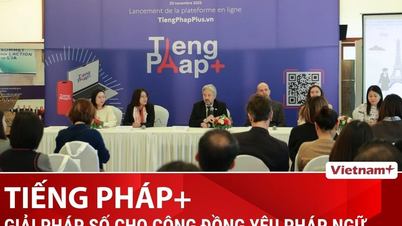





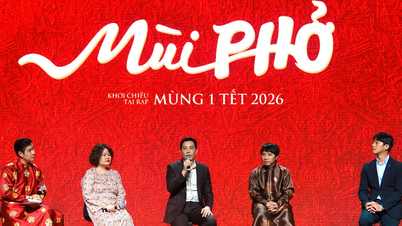



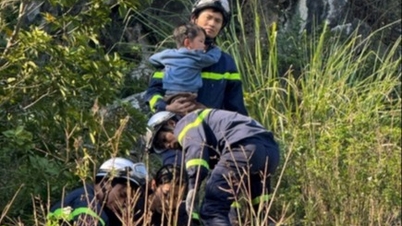






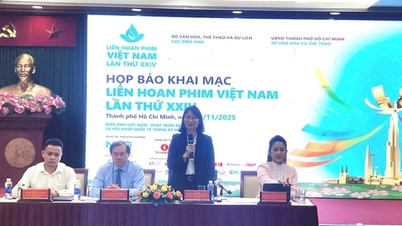
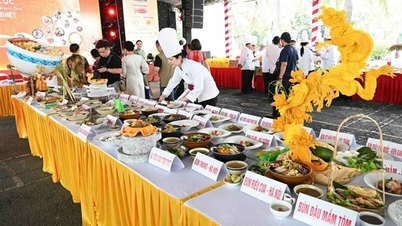


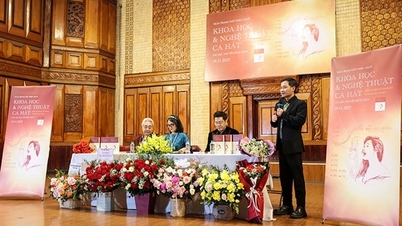




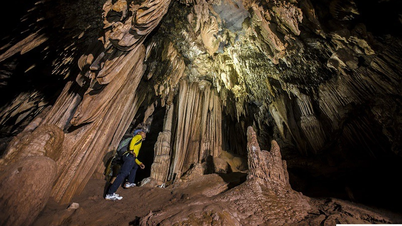

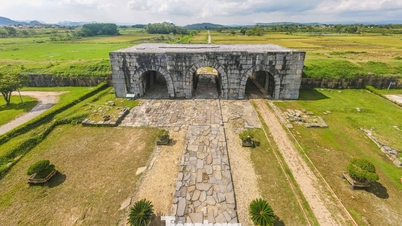

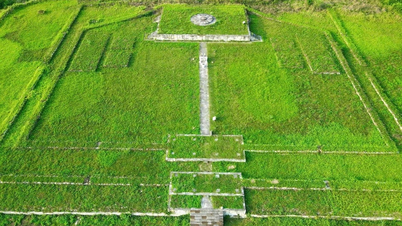




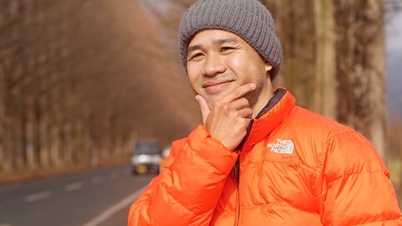


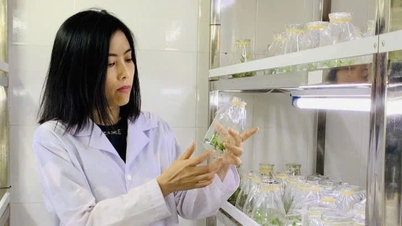

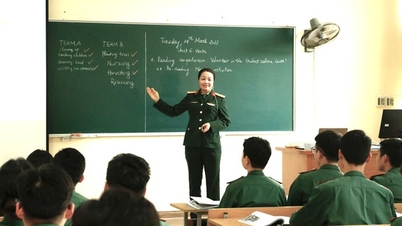


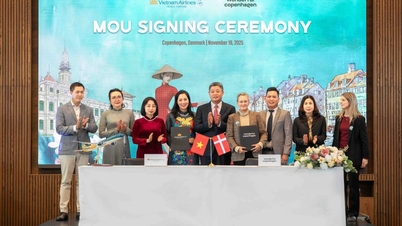





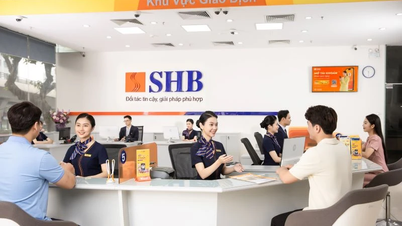








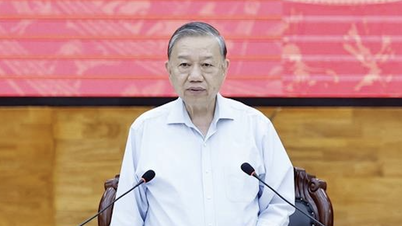



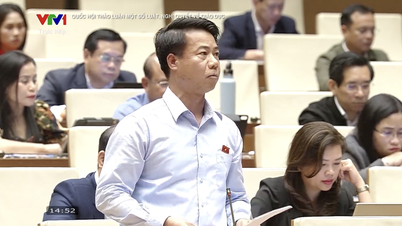



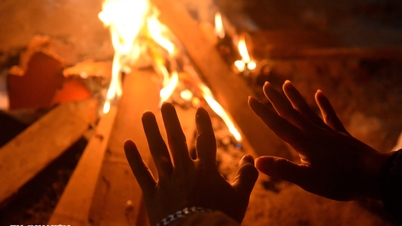
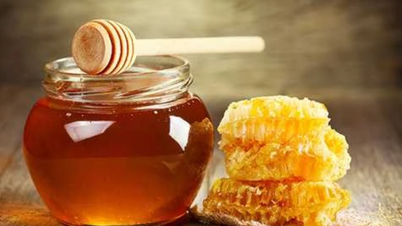

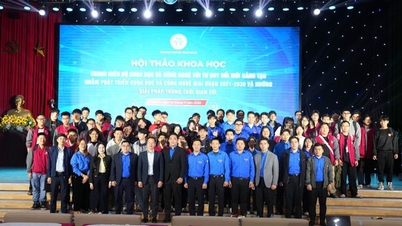

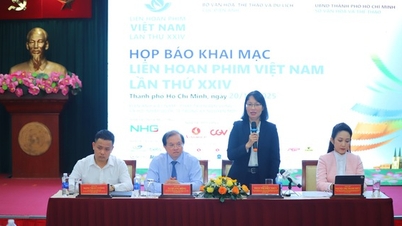


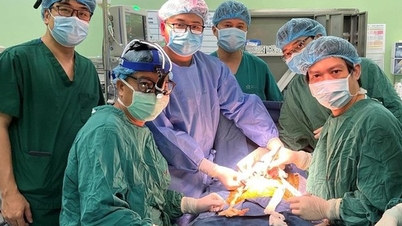

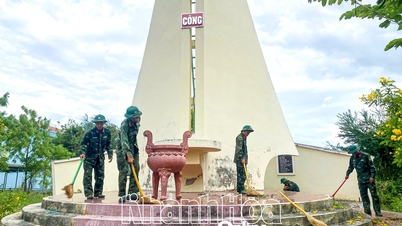

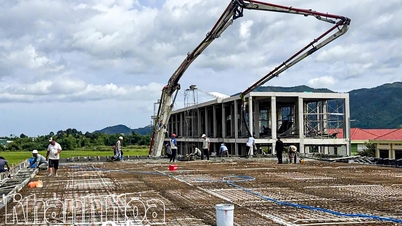
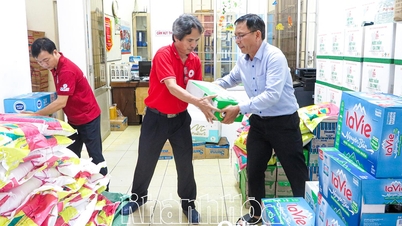

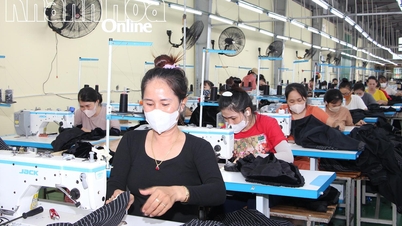



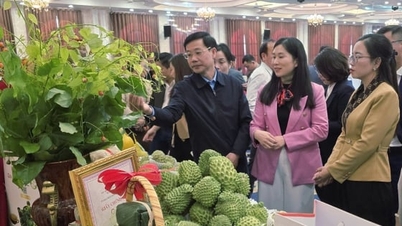











Comment (0)